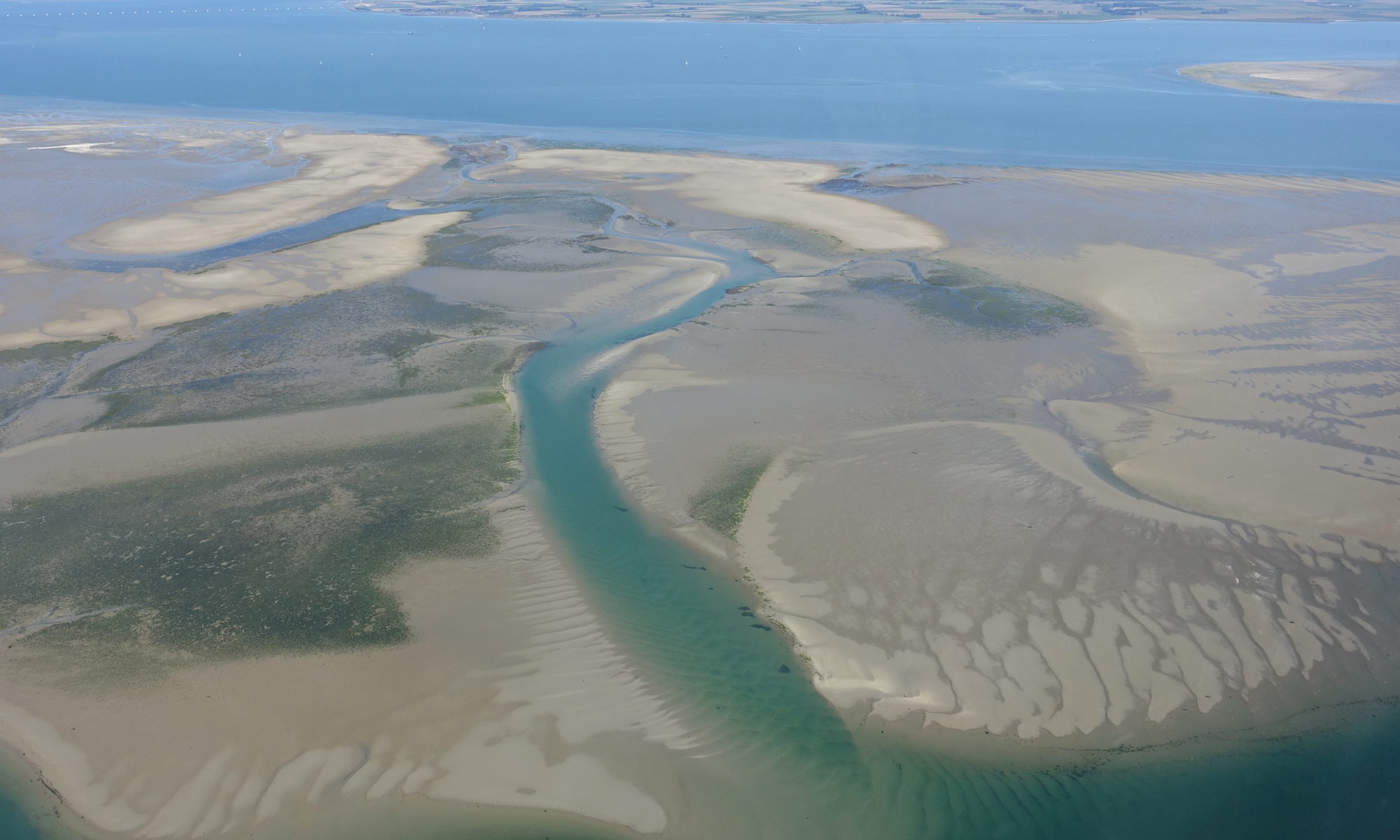Featured Image: Eastern Scheldt Estuary near Zeeland, Netherlands. Photo courtesy Wikimedia Commons/ Luka Peternel, CC BY-SA 4.0 license.
Paper: Carbon and Hydrogen Isotope Signatures of Dissolved Methane in the Scheldt Estuary
Authors: Caroline Jacques, Thanos Gkritzalis, Jean-Louis Tison, Thomas Hartley, Carina van der Veen, Thomas Röckmann, Jack J. Middelburg, André Cattrijsse, Matthias Egger, Frank Dehairs & Célia J. Sapart
Estuaries are dynamic coastal environments where freshwater and saltwater collide and mix. Across the world, estuaries regularly have higher methane concentrations in the water than would be expected from equilibrium with the atmosphere. If the water was in equilibrium, or at a happy balance, with the atmosphere, then there would be no net transfer of methane to the atmosphere. Because there is more methane than expected in the water, estuaries are a source of this potent greenhouse gas, methane (CH4), to the atmosphere. The problem is that the processes leading to the excess methane in the estuary’s surface water are not well known in many European estuaries.
Continue reading “Isotopes Begin to Unlock the Mystery of Methane Source in the Scheldt Estuary”
